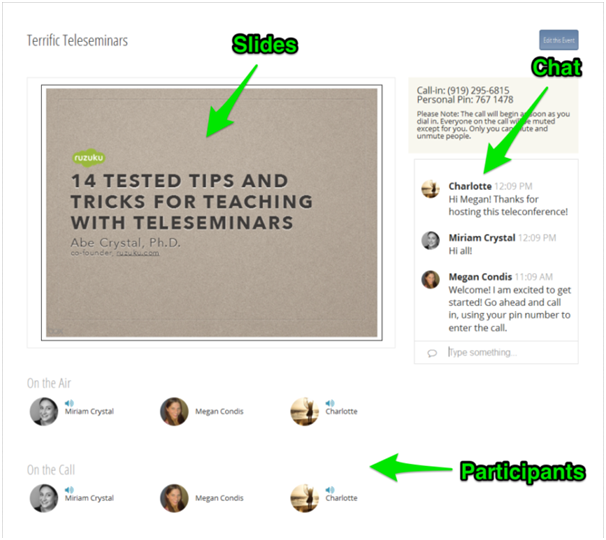Let’s be honest.
When you think “online courses”, there are tons of options available to you, from WordPress plugins, Learning Management Systems, LMS plugins, or even syndication sites.
But what’s key to choosing the right system, is a) knowing what you want to achieve from your long-term business strategy, and b) understanding how each option impacts your marketing efforts.
So this article is not your run-of-the-mill review or comparison between four of the best online course systems; instead it focuses on how each of these options compare from a marketing perspective, which includes search engine optimization. This of course, impacts the amount of traffic you’ll get without needing to actually pay for it via advertising.
Kajabi, Thinkific, Teachable and Ruzuku are all well designed systems; and offer most of the same elements. You will just need to choose the one that’s right for you, and while you can read many reviews about any of these options, in this article, you’ll learn the marketing ramifications of your choice.
Website, blogging & landing pages
All four platforms offer landing pages, which are vital from a marketing perspective, as the landing page is where you’d send prospective clients to get them to sign up for your online courses.
(If you don’t know what a landing page is, it’s not a website; it’s one page that has one goal: getting people to seal the deal.)
In addition to landing page templates, Kajabi and Teachable also offer a website feature, meaning you don’t need to have your own website because it comes with the package. You can also choose your own website theme.

A screenshot of some of Kajabi’s website themes.
Very importantly, these two platforms are the only ones that offer a blogging feature. From a marketing and SEO point of view, this is essential because providing content via a blog builds your credibility as an expert in your field, and search engines love content. In fact, content is necessary if you want to get more traffic to your site without paying for it via advertising methods.
Teachable, Thinkific and Ruzuku can all be integrated into a WordPress website, so this is great if you have an established site, as the courses will then appear to be housed on your existing website.
So. If you were to integrate the platforms that allow it, onto your existing website that contains a blog, you would not need a blogging feature in an online course platform.
Branding
Depending on the package, all platforms allow you to brand your courses with your own look and logo, as well as allowing a domain name of your own, but check the packages for options of removing their brand name from your domain name. For example, Thinkific allows you to start on their platform for free, but “Thinkific” is added to the domain name of your choice until you upgrade to a higher package.
Ruzuku works slightly differently to the other three with regards to white labelling: if you pay $209 per month, you have the option of being charged an additional starting price of $1250 to have your site set up for you, as your own.
Marketing
Kajabi is the only online course creator to feature an email autoresponder service which you can use for email marketing or drip content.
It’s also the sole platform to offer opt-in forms which eliminates the need for integrating with other third party services, making your life that much easier.

Example of a Kajabi opt-in form.
All four platforms allow the capability of setting up affiliate programs; when you have systems in place to pay out commission to those who promote your courses, it will enhance your marketing efforts.
Ruzuku is the only system to include webinar software, but at a premium price.

Image Credit: Ruzuku
Ruzuku’s webinar interface.
Pricing
Thinkific is the only platform you can start on for free, while you can get Teachable’s most basic plan for $39. On their basic plans, both do not allow your own branding. On the most basic plan, Teachable charges a 5% transaction fee and Thinkific charges 10% on their free option. After the free plan, you’ll pay $39 a month for Thinkific, and also pay a 5% transaction fee.
Ruzuku’s lowest plan will cost you $74.75 per month, but at that price, excludes the webinar feature.
Kajabi starts at $103 per month, without the option to remove the “powered by Kajabi” element, and the lowest option does not offer an affiliate program setup.
It’s worthwhile weighing price vs. feature, because with certain options, you may need to pay an additional service for something that another platform includes in their packages. For example, Kajabi has the highest pricing, but includes marketing services you’d need to pay for with third parties.
On another note, check for trial periods – it’s best to play around from within the dashboard to see if it’s a “fit” for you.
Summary
Before choosing the right online course platform for your needs, you should have a clear picture of where you want your business to be in five years time, and it’s important to do your homework as to how each platform impacts your marketing and SEO initiatives.
With this in mind, when conducting research to make your final choice, concentrate on:
- Website, blogging and landing page features
- Branding abilities
- Marketing features
- Pricing
Between the four platforms, Kajabi is superior with what it offers from a marketing perspective; everything you need not only to create and sell online courses, but also to market them.



